 Technology peripherals
Technology peripherals
 AI
AI
 Meta's innovative SOTA model can generate amazing videos based on one sentence, setting off an Internet craze!
Meta's innovative SOTA model can generate amazing videos based on one sentence, setting off an Internet craze!
Meta's innovative SOTA model can generate amazing videos based on one sentence, setting off an Internet craze!
I’ll give you a paragraph and ask you to make a video, can you do it?
Meta said, I can do it.
You heard it right: using AI, you can also become a filmmaker!
Recently, Meta has launched a new AI model with a very straightforward name: Make-A-Video.
How powerful is this model?
With just one sentence, the scene of "Three Horses Galloping" can be realized.
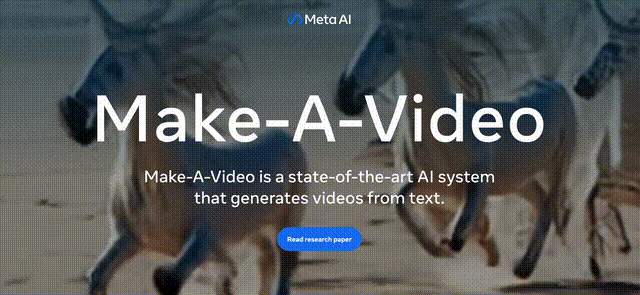
Even LeCun said that what is supposed to come will always come.

The visual effects are stunning
Without further ado, let’s just look at the effects.
Two kangaroos are busy cooking in the kitchen (whether it can be eaten is another matter)
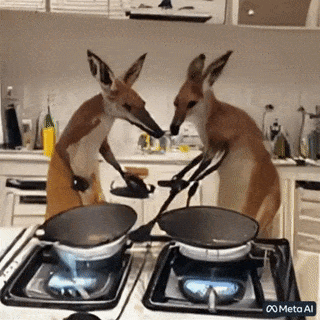
Close shot: The painter is painting on the canvas
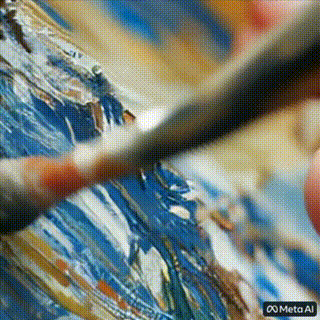
The world of two people walking in the heavy rain (with uniform steps)
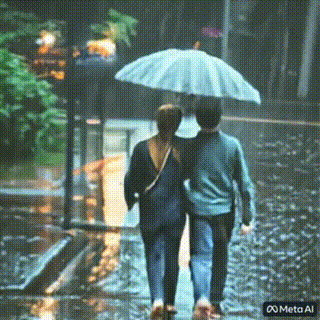
The horse is drinking water
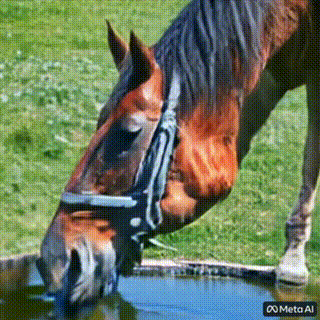
Ballet girl dancing on the skyscraper

A golden retriever is eating ice cream (paws have evolved) on a beautiful tropical beach in summer
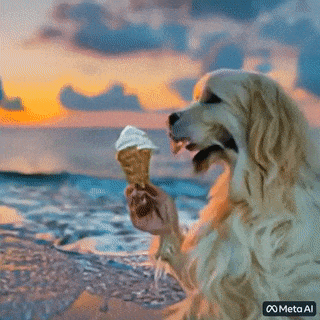
The cat owner is watching TV with the remote control (paws have evolved)

A teddy bear gives Draw your own self-portrait
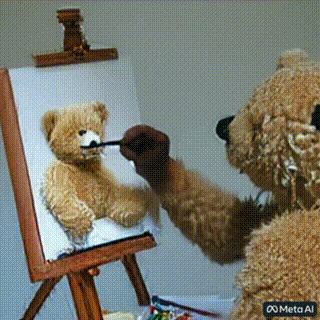
Unexpected but reasonable, the dog takes the ice cream, the cat takes the remote control and the teddy bear draws " "Hands" have indeed "evolved" like humans! (Tactical Backward)
Of course, in addition to turning text into video, Make-A-Video can also turn static images into Gifs.
input Output:

Input:
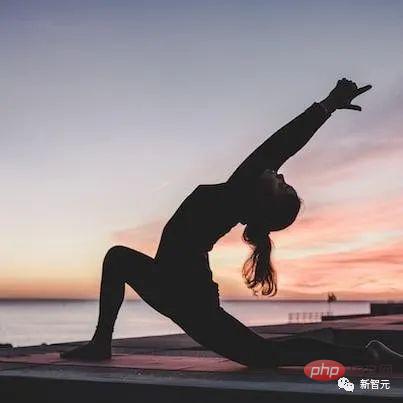
Output: (The light seems a bit out of place)
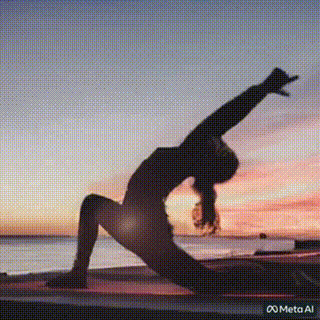
Convert 2 still images to GIF, input the meteorite image
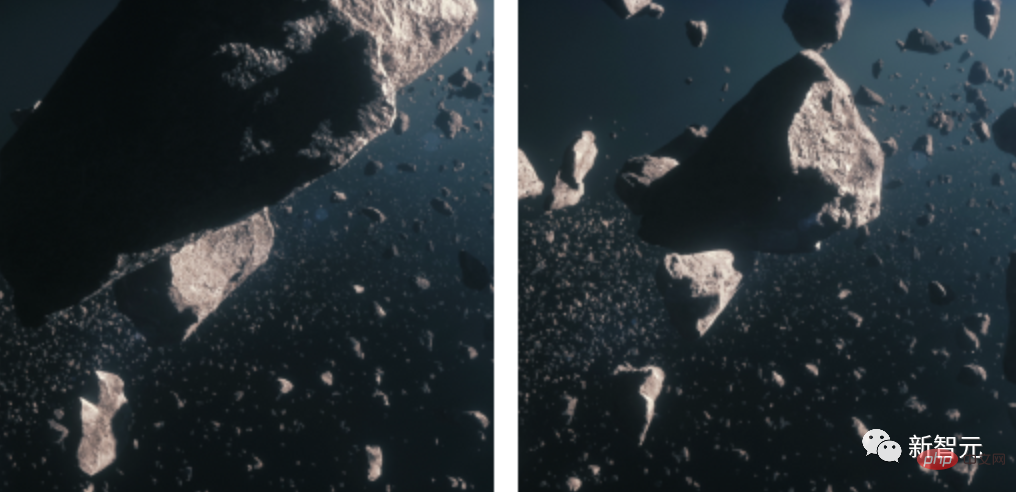
##Output:

And, turn the video into a video?
input Output:
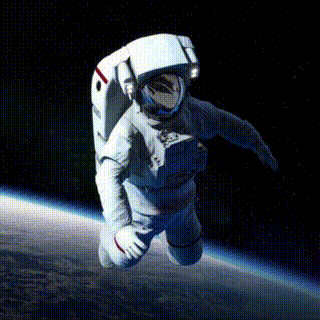
input Output:
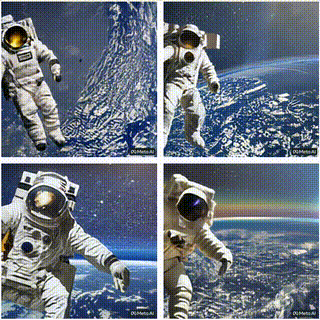
Today, Meta released its latest research MAKE-A-VIDEO: TEXT-TO-VIDEO GENERATION WITHOUT TEXT-VIDEO DATA.
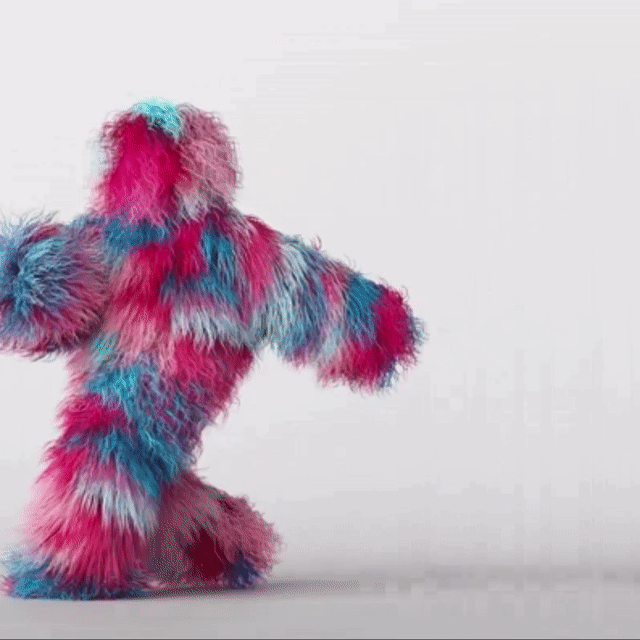
Paper address: https://makeavideo.studio/Make-A-Video.pdf

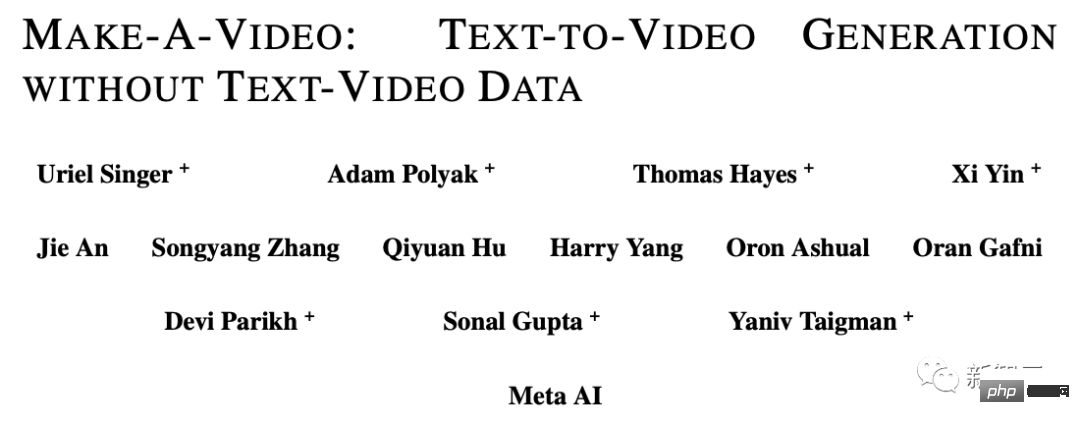
Obviously, it is to generate a video.
A superhero dog wearing a red cape flies in the sky
Compared to generating images, generating videos is much more difficult. Not only do we need to generate multiple frames of the same subject and scene, we also have to make them timely and coherent.
This increases the complexity of the image generation task - we cannot simply use DALLE to generate 60 images and then stitch them into a video. The effect will be very poor and unrealistic.

Therefore, we need a model that can understand the world in a more powerful way and allow it to generate a coherent series of images based on this level of understanding. Only then can the images blend together seamlessly. In other words, our goal is to simulate a world and then simulate its records. How to do it?
According to previous ideas, researchers would use a large number of text-video pairs to train the model, but in the current situation, this processing method is not realistic. Because these data are difficult to obtain, and the training cost is very expensive.
Therefore, the researchers opened their minds and adopted a completely new approach.
They chose to develop a text-to-image model and then apply it to video.
Coincidentally, some time ago, Meta developed Make-A-Scene, a model from text to image.
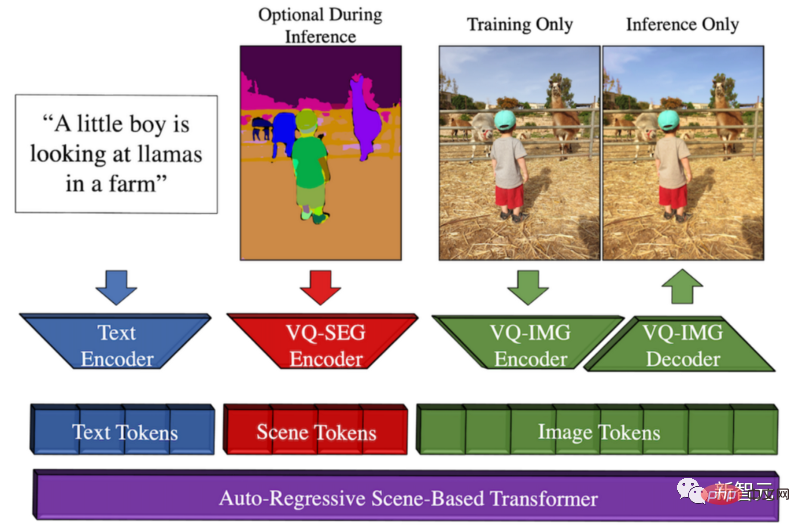
Make-A-Scene method overview
This model generates The opportunity is that Meta wants to promote creative expression, combining this text-to-image trend with the previous sketch-to-image model, resulting in a wonderful fusion between text and sketch-conditioned image generation.
This means we can quickly sketch a cat and write out what kind of image we want. Following the guidance of sketches and text, this model will produce the perfect illustration we want in seconds.
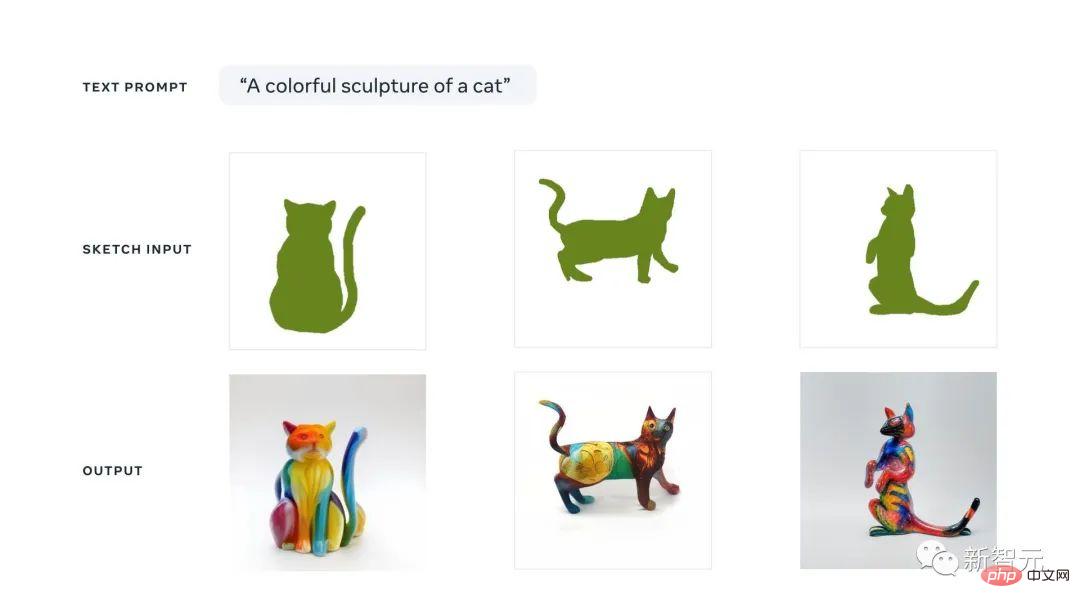
You can think of this multi-modal generative AI approach as a Dall-E model with more control over generation because it Quick sketches can also be used as input.
The reason why it is called multi-modal is because it can take multiple modalities as input, such as text and images. In contrast, Dall-E can only generate images from text.
In order to generate a video, the dimension of time needs to be added, so the researchers added a spatio-temporal pipeline to the Make-A-Scene model.
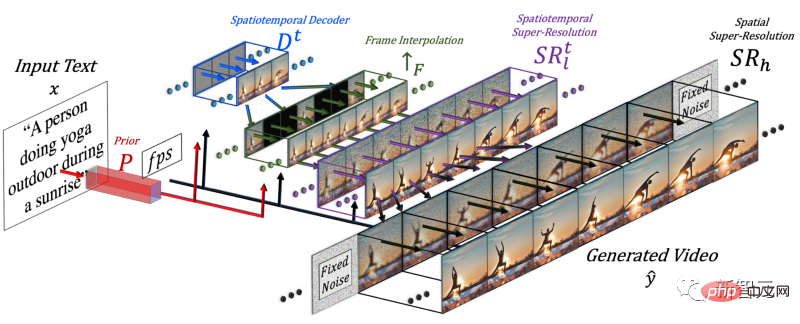
After adding the time dimension, this model does not generate just one picture, but generates 16 low-resolution pictures to create a A coherent short video.
This method is actually similar to the text-to-image model, but the difference is that it adds one-dimensional convolution on the basis of conventional two-dimensional convolution.

By simply adding a one-dimensional convolution, the researchers were able to keep the pre-trained two-dimensional convolution unchanged while adding a time dimension. Researchers can then train from scratch, reusing much of the code and parameters of the Make-A-Scene image model.

At the same time, the researchers also want to use text input to guide this model, which will be very similar to image models using CLIP embeddings.
In this case, the researchers increased the spatial dimension when mixing text features with image features, using the same method as above: retaining the attention module in the Make-A-Scene model , and add a one-dimensional attention module for time - copy-paste image generator model, repeat the generation module for one more dimension to get 16 initial frames.

But only relying on these 16 initial frames cannot generate a video.
Researchers need to produce a high-definition video from these 16 main frames. Their approach is to access previous and future frames and iteratively interpolate them in both the temporal and spatial dimensions simultaneously.
In this way, between these 16 initial frames, they generated new, larger frames based on the frames before and after, so that the motion became coherent and the overall video became Gotta be smooth.
This is done through a frame interpolation network, which can take existing images to fill in the gaps and generate intermediate information. In the spatial dimension, it does the same thing: enlarges the image, fills in the gaps in pixels, and makes the image more high-definition.

To summarize, to generate videos, the researchers fine-tuned a text-to-image model. They took a powerful model that was already trained, tweaked and trained it to adapt to the video.
Because of the addition of spatial and temporal modules, simply adapting the model to this new data without having to retrain it saves a lot of cost.
This kind of retraining uses unlabeled videos and only needs to teach the model to understand the consistency of the video and video frames, which makes it easier to build the data set.
Finally, the researchers used the image optimization model again to improve the spatial resolution, and used the frame interpolation component to add more frames to make the video smoother.
Of course, the current results of Make-A-Video still have shortcomings, just like the text-to-image model. But we all know how rapid the progress in the field of AI is.

If you want to know more, you can refer to the Meta AI paper in the link. The community is also developing a PyTorch implementation, so stay tuned if you want to implement it yourself.

Author introduction
There are many Chinese researchers involved in this paper: Yin Xi, An Jie, Zhang Songyang , Qiyuan Hu.
Yin Xi, FAIR research scientist. Previously worked for Microsoft as a senior application scientist for Microsoft Cloud and AI. He received his PhD from the Department of Computer Science and Engineering at Michigan State University and his bachelor's degree in electrical engineering from Wuhan University in 2013. The main research areas are multi-modal understanding, large-scale target detection, face reasoning, etc.
Anjie is a doctoral student in the Department of Computer Science at the University of Rochester. Study under Professor Roger Bo. Previously received bachelor's and master's degrees from Peking University in 2016 and 2019. Research interests include computer vision, deep generative models, and AI art. Participated in Make-A-Video research as an intern.
Zhang Songyang is a doctoral student in the Department of Computer Science at the University of Rochester, studying under Professor Roger Bo. He received his bachelor's degree from Southeast University and his master's degree from Zhejiang University. Research interests include natural language moment localization, unsupervised grammar induction, skeleton-based action recognition, etc. Participated in Make-A-Video research as an intern.
Qiyuan Hu, then an AI Resident at FAIR, was engaged in research on multi-modal generative models that improve human creativity. She received her PhD in medical physics from the University of Chicago and worked on AI-assisted medical image analysis. Now working at Tempus Labs as a machine learning scientist.
Netizens were greatly shocked
Some time ago, major companies such as Google released their own text-to-image models, such as Parti, and so on.
Some even think that text-to-video generative models are still some time away.
Unexpectedly, Meta dropped a bombshell this time.
In fact, today, there is also a text-to-video generation model Phenaki, which has been submitted to ICLR 2023. Since it is still in the blind review stage, the author's institution is still unknown.
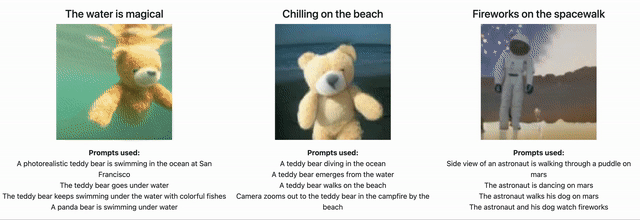
Netizens said that from DALLE to Stable Diffuson to Make-A-Video, everything happened too fast.
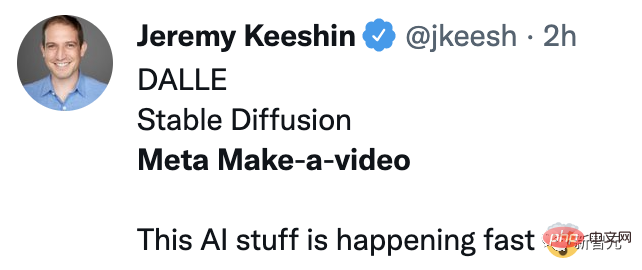
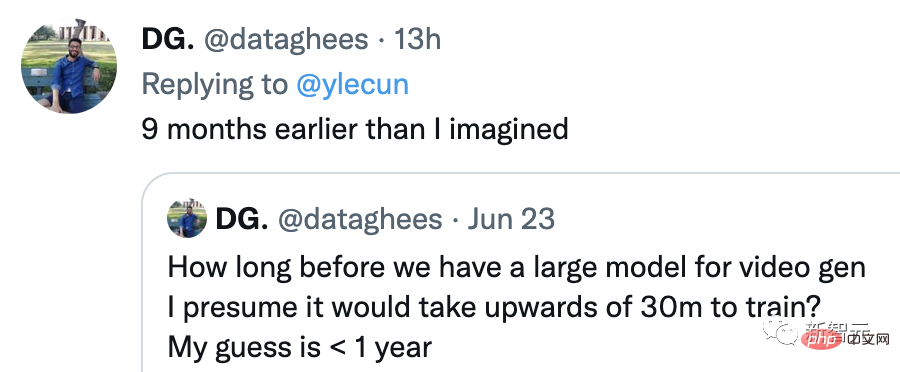
The above is the detailed content of Meta's innovative SOTA model can generate amazing videos based on one sentence, setting off an Internet craze!. For more information, please follow other related articles on the PHP Chinese website!

Hot AI Tools

Undresser.AI Undress
AI-powered app for creating realistic nude photos

AI Clothes Remover
Online AI tool for removing clothes from photos.

Undress AI Tool
Undress images for free

Clothoff.io
AI clothes remover

AI Hentai Generator
Generate AI Hentai for free.

Hot Article

Hot Tools

Notepad++7.3.1
Easy-to-use and free code editor

SublimeText3 Chinese version
Chinese version, very easy to use

Zend Studio 13.0.1
Powerful PHP integrated development environment

Dreamweaver CS6
Visual web development tools

SublimeText3 Mac version
God-level code editing software (SublimeText3)

Hot Topics
 What are the types of return values of c language function? Summary of types of return values of c language function?
Apr 03, 2025 pm 11:18 PM
What are the types of return values of c language function? Summary of types of return values of c language function?
Apr 03, 2025 pm 11:18 PM
The return value types of C language function include int, float, double, char, void and pointer types. int is used to return integers, float and double are used to return floats, and char returns characters. void means that the function does not return any value. The pointer type returns the memory address, be careful to avoid memory leakage.结构体或联合体可返回多个相关数据。
 C language starts from 0
Apr 03, 2025 pm 08:24 PM
C language starts from 0
Apr 03, 2025 pm 08:24 PM
It may be a bit difficult to get started with C language learning, but after mastering the correct method, you will quickly master the basics and gradually master them. This guide will guide you step by step to learn the core concepts of C language, from basics to advanced topics. Directory C language basics and data types User input conditional expression abbreviation switch statement C language array nested loop C language function structure pointer C language basics and data types C programs follow standard structures and use multiple data types to define variables. The basic program structure is as follows: #includeintmain(){printf("hello,world!");ret
 Concept of c language function
Apr 03, 2025 pm 10:09 PM
Concept of c language function
Apr 03, 2025 pm 10:09 PM
C language functions are reusable code blocks. They receive input, perform operations, and return results, which modularly improves reusability and reduces complexity. The internal mechanism of the function includes parameter passing, function execution, and return values. The entire process involves optimization such as function inline. A good function is written following the principle of single responsibility, small number of parameters, naming specifications, and error handling. Pointers combined with functions can achieve more powerful functions, such as modifying external variable values. Function pointers pass functions as parameters or store addresses, and are used to implement dynamic calls to functions. Understanding function features and techniques is the key to writing efficient, maintainable, and easy to understand C programs.
 How to calculate c-subscript 3 subscript 5 c-subscript 3 subscript 5 algorithm tutorial
Apr 03, 2025 pm 10:33 PM
How to calculate c-subscript 3 subscript 5 c-subscript 3 subscript 5 algorithm tutorial
Apr 03, 2025 pm 10:33 PM
The calculation of C35 is essentially combinatorial mathematics, representing the number of combinations selected from 3 of 5 elements. The calculation formula is C53 = 5! / (3! * 2!), which can be directly calculated by loops to improve efficiency and avoid overflow. In addition, understanding the nature of combinations and mastering efficient calculation methods is crucial to solving many problems in the fields of probability statistics, cryptography, algorithm design, etc.
 What are the differences and connections between c and c#?
Apr 03, 2025 pm 10:36 PM
What are the differences and connections between c and c#?
Apr 03, 2025 pm 10:36 PM
Although C and C# have similarities, they are completely different: C is a process-oriented, manual memory management, and platform-dependent language used for system programming; C# is an object-oriented, garbage collection, and platform-independent language used for desktop, web application and game development.
 Object-oriented in C? Implementing interfaces from scratch
Apr 03, 2025 pm 08:21 PM
Object-oriented in C? Implementing interfaces from scratch
Apr 03, 2025 pm 08:21 PM
This article discusses how to simulate the concept of interfaces in object-oriented programming in C language. We will take the calculation of vehicle prices as an example, implement them in Java and C languages respectively, compare the differences between the two languages, and show how to implement the basic functions of the interface in C. Java implementation: In Java, the interface is defined using the interface keyword, and the class implements the interface through the implements keyword. The sample code is as follows: interfaceVehicle{intprice();}classCarimplementsVehicle{privatefinalintspeed;publi
 distinct function usage distance function c usage tutorial
Apr 03, 2025 pm 10:27 PM
distinct function usage distance function c usage tutorial
Apr 03, 2025 pm 10:27 PM
std::unique removes adjacent duplicate elements in the container and moves them to the end, returning an iterator pointing to the first duplicate element. std::distance calculates the distance between two iterators, that is, the number of elements they point to. These two functions are useful for optimizing code and improving efficiency, but there are also some pitfalls to be paid attention to, such as: std::unique only deals with adjacent duplicate elements. std::distance is less efficient when dealing with non-random access iterators. By mastering these features and best practices, you can fully utilize the power of these two functions.
 What does the c language function return pointer output?
Apr 03, 2025 pm 11:36 PM
What does the c language function return pointer output?
Apr 03, 2025 pm 11:36 PM
The C language function returns a pointer to output a memory address. The pointing content depends on the operation inside the function, which may point to local variables (be careful, memory has been released after the function ends), dynamically allocated memory (must be allocated with malloc and free), or global variables.





